A few years ago a mate of mine bought a v3 50mm Leica Summicron that could be best described as a bit of a dog. Optically, it was spot on, but mechanically it looked and felt a little like it’d spent some time in a washing machine filled with bolts on a spin cycle. Ben talked about getting it repaired, but when I started selling the 7Artisans lenses, he opted to do a bit of a deal with me for one of those instead. This resulted in aforementioned dog-lens landing in my possession, which in turn resulted in my decision to send it to Alan Starkie at Cameraworks. As it turned out, that was a good choice on my part… though I suspect Alan may have cursed my name!
Cameraworks
If you don’t know anything about CameraWorks, look them up here. I’ve spoken to Alan a couple of times on the phone, and we’ve had some quite extended emails about the possibility of him repainting my Leica M3. This all started long before this lens reared it’s head, so when the lens landed with me he seemed the obvious choice to send it to. Repainting Leica gear seems to be the thing Alan has built a name for himself for, but actually I think it should be strongly acknowledged that the mechanical side of the work he does is also of particular note.
Without going into to many details, his most notable recent achievements are managing to fit a titanium shutter into a Leica m film body, as well as reengineering a part for the Leica M2 and M3 rangefinder. The latter he’s now offering as an optional extra as part of his servicing of those cameras. He tells me that the part he’s made is actually quite vital for the long term future of the M3 and M2 too – but short of me getting something incorrect, you can read about all that here. In short, this guy’s a bit of a wiz when it comes to Leica cameras – though don’t bother asking him to fix anything else, it’s Leica cameras and lenses that are his speciality
The Summicron in question
Thanks to the conversations I’d had with Alan about the M3, I knew he also looked at lenses. I also knew that if I sent it to him for a repaint and service the whole thing would have to be stripped down – which to my mind was going to get it the best chance of a very full and comprehensive service, regardless of the aesthetic outcome. I must admit, before I sent it off I didn’t really know the extent to which it was in need of a service, or how bad it could possibly be mechanically. To me the focus just seemed a bit irregularly stiff and it looked a bit tatty. How bad could it be? Turns out, quite bad.
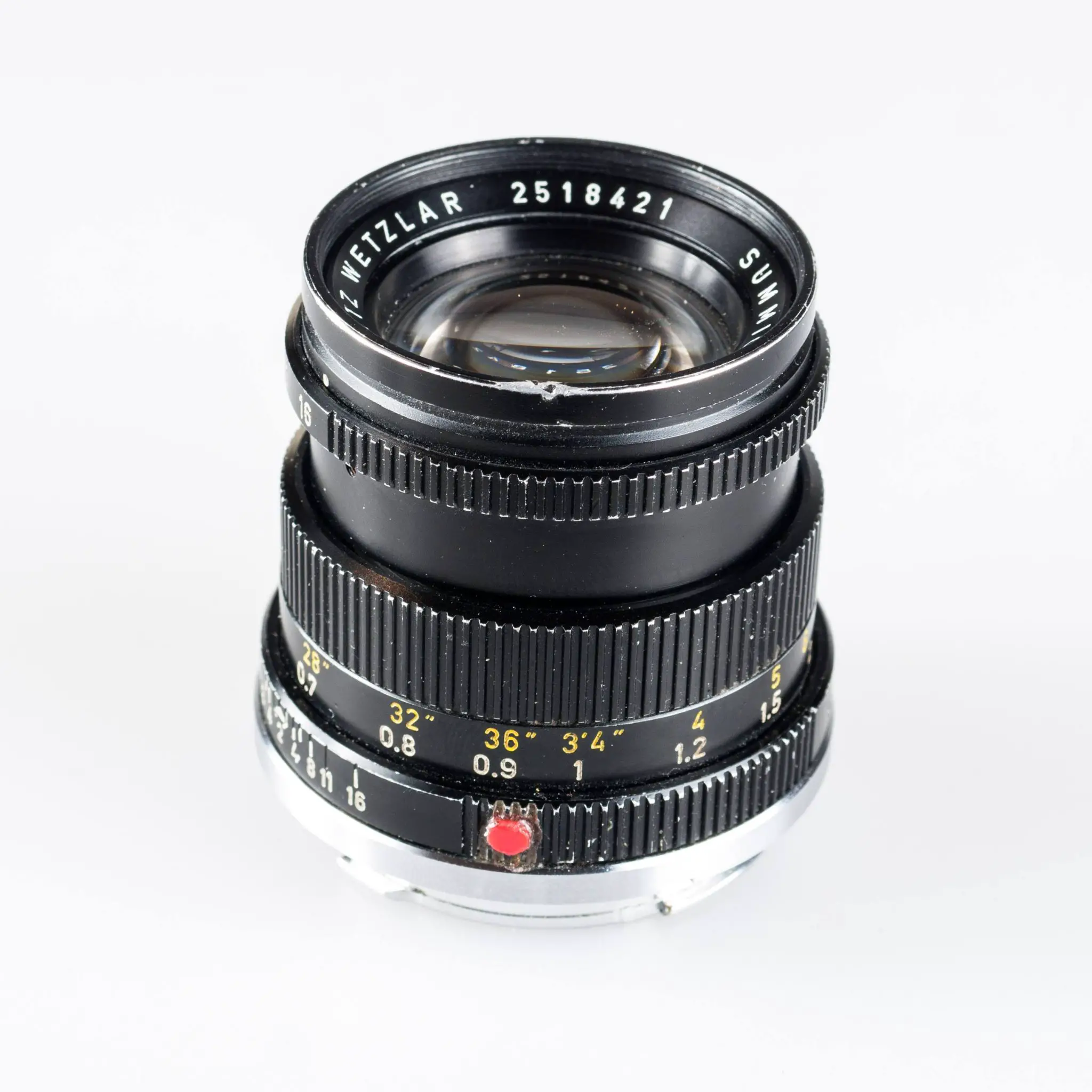
The bad news
A couple of days after Alan told me he’d started the work, I got another email to update me. He asked me if I knew anything of the history of the lens, and if I’d sent it to anyone else for a service. He commented that if he didn’t know better he’d think it was some sort of test – it wasn’t, but in hindsight, for the benefit of this post, it’s worked out quite nicely. Apparently it had issues with “galling” where some of the aluminium parts had pretty much seized together. He had problems getting into it, and when he did, he just found more to contend with. The helicoid was so knackered he had to regrind it. His only positive comment was about the condition of the glass. Still, whilst he seemed a little exasperated at the thing, it didn’t stop him from completing the job to a very high standard.
The outcome
Well, you can see for yourself. Despite it looking like the original black chrome finish, this lens has actually been completely repainted in what Alan tells me is a particularly hard wearing paint. This is a paint he’s chosen for its similar look to the black chrome finish – he’s right too, I’d be fooled if I didn’t know. He also replaced the little red dot, and did a much better job than the last cowboy!
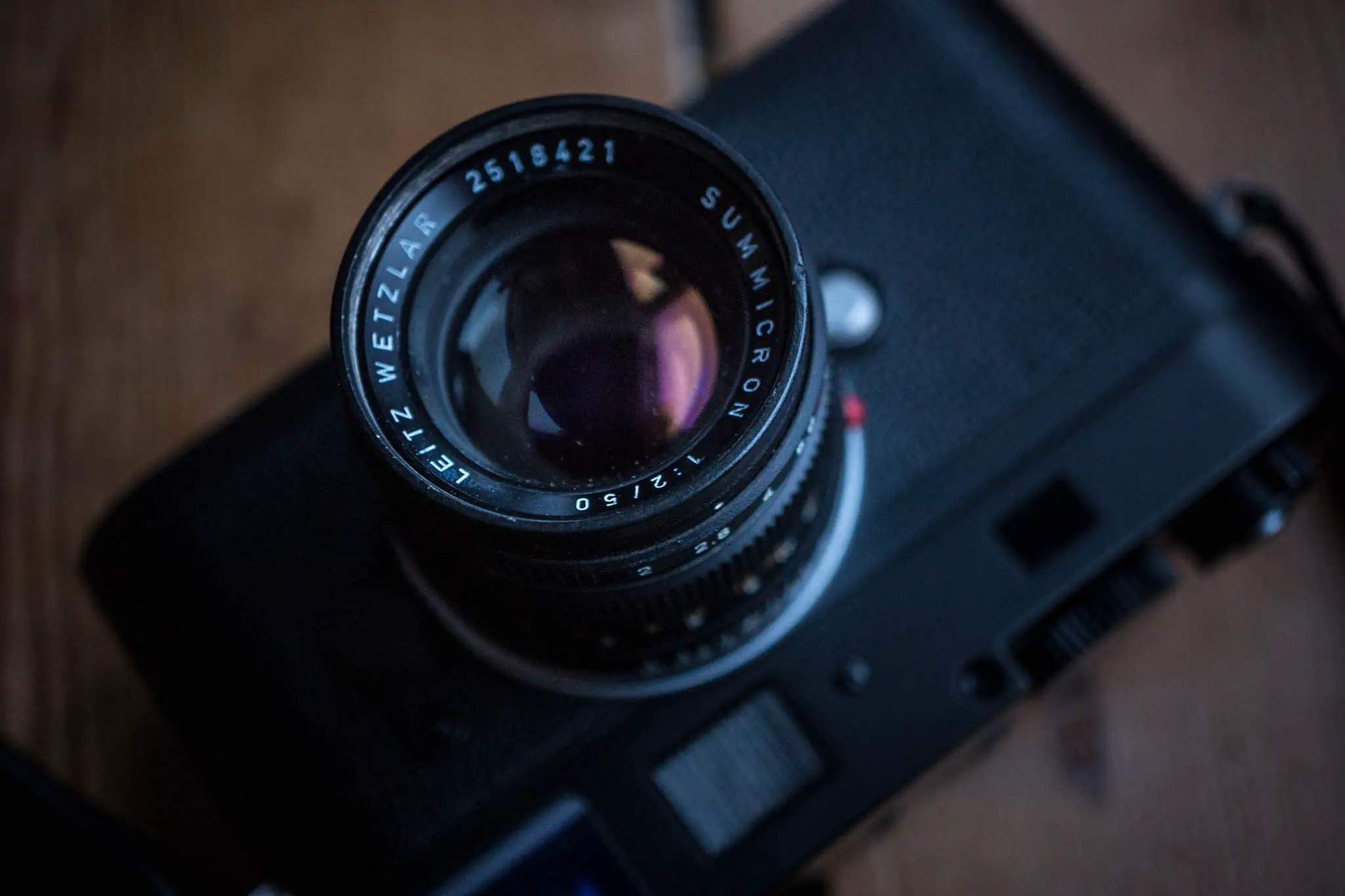
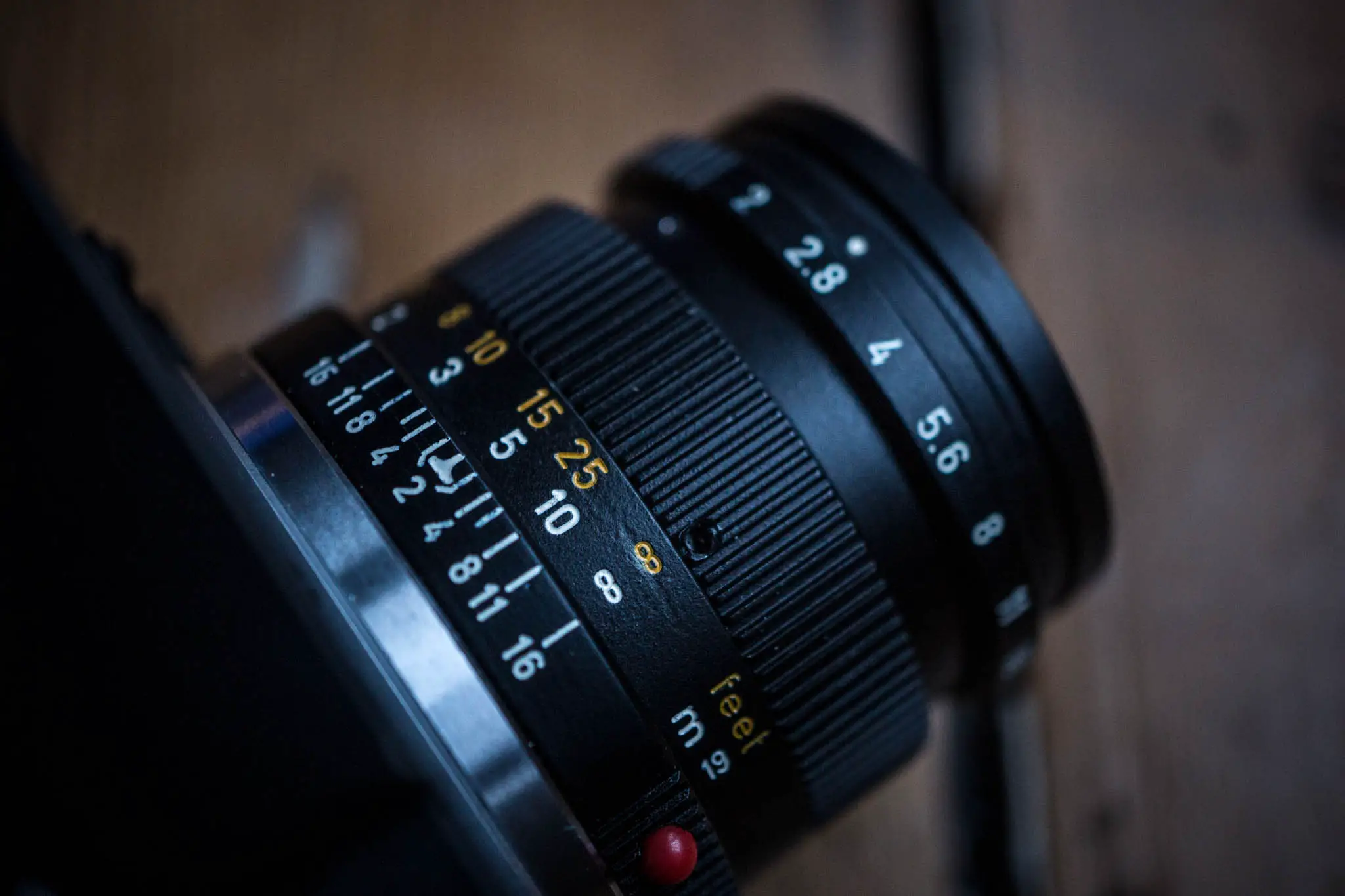
In use you can still feel elements of this lenses past. When focusing there’s a slightest sense of grain at a couple of places in the rotation, though to be fair it’s hardly noticeable. I asked Alan about this, he told me that given time it should lessen if not completely disappear. He told me that when regrinding the focus helicoid there’s a bit of a judgement call about when to stop. Too much, he says, and the focus will become too loose; too little and the lens remains flawed.
He went on to tell me that part of the problem comes down to differences in the desires of the end user. We got talking about how even down to the choice of lubricant, one mans stiff focus is another man’s perfect, whereas the next man might like it almost loose feeling. Personally I probably err toward the latter, but I can see why Alan would try and find the middle ground he seems to have aimed for here. One way or another, it’s fair to say that it’s an order of magnitude better than it was when it was sent to him. It’s now very much a pleasant lens to use, whereas before it wasn’t nice at all!
Some photos
I’ve only had it back a few days, I also have a whole load of cameras on the go at the same time at the moment. The result of this is just a few snaps. That being said, as Alan pointed out, the glass in the lens was really nice, so there’s not much to show in terms of image quality. I think I might take the opportunity to review the 50mm v3 Summicron before I sell it – feels like it would be rude not to!
Final thoughts
To be honest, I only wish I could show anyone reading this the before and after lens. The pictures and my words don’t do justice to the extent of the work Alan has undertaken, or indeed the quality of the outcome. I’m just looking forward to seeing what he can do to my M3 now!
Share this post:
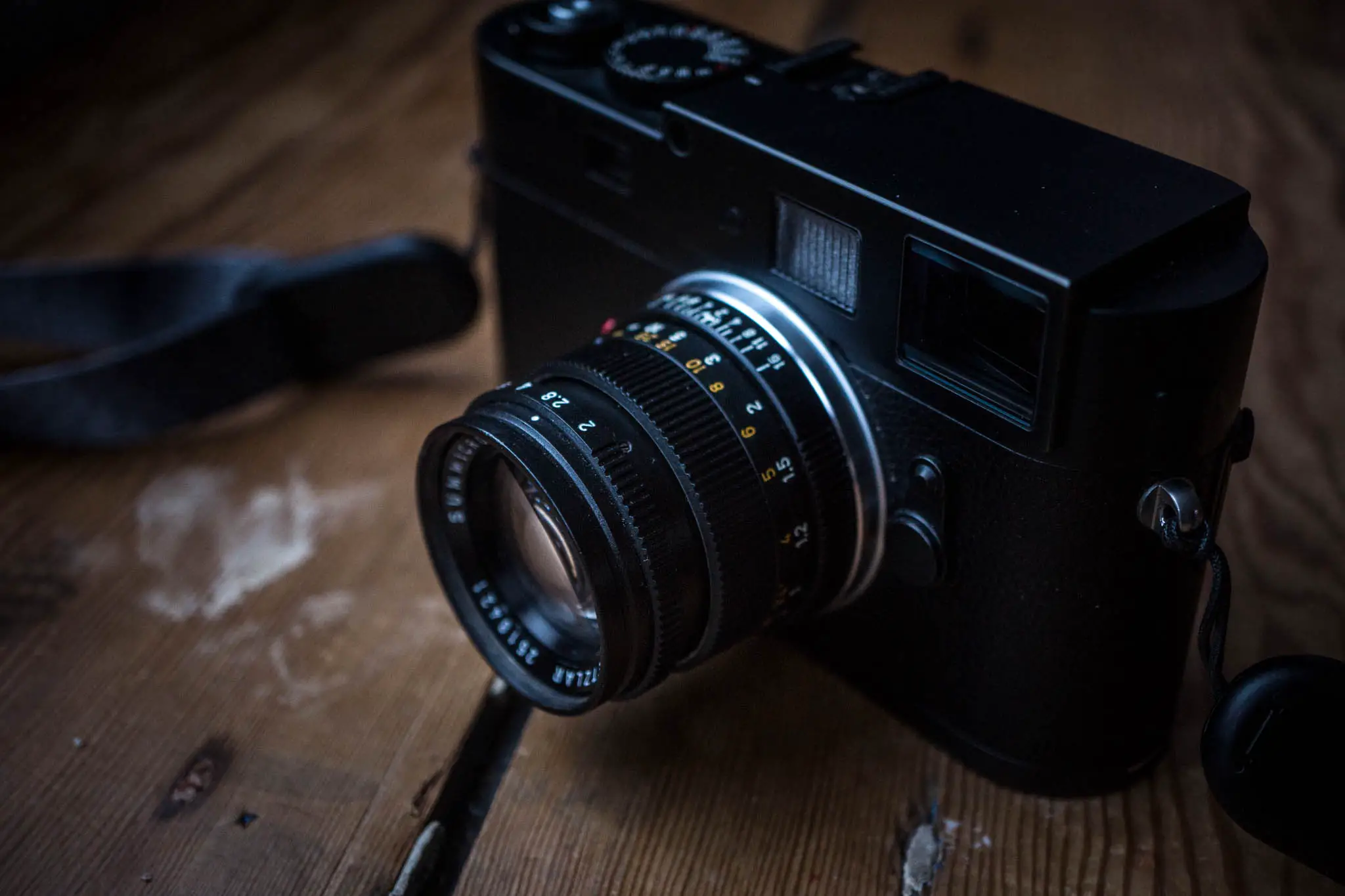


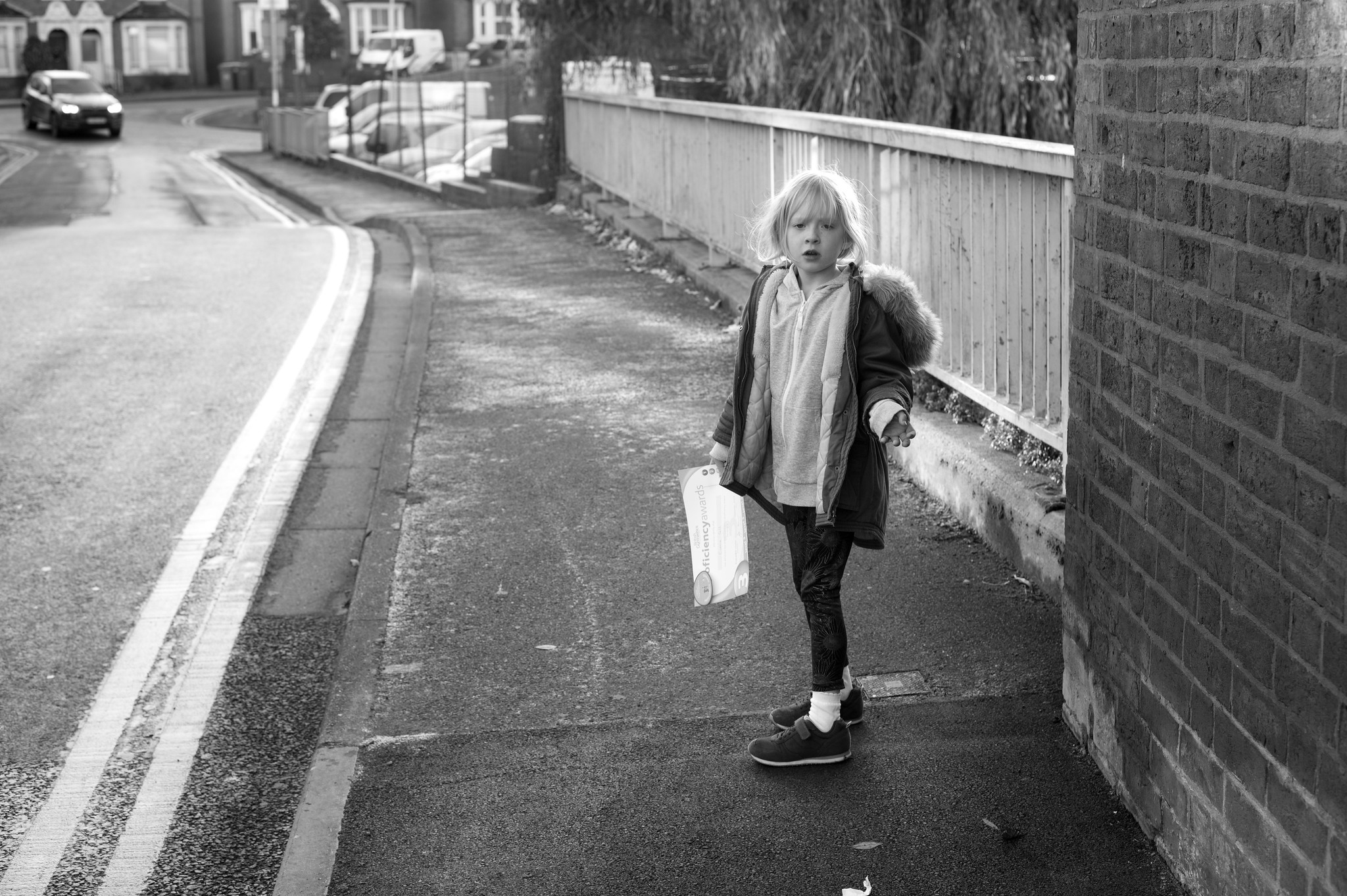
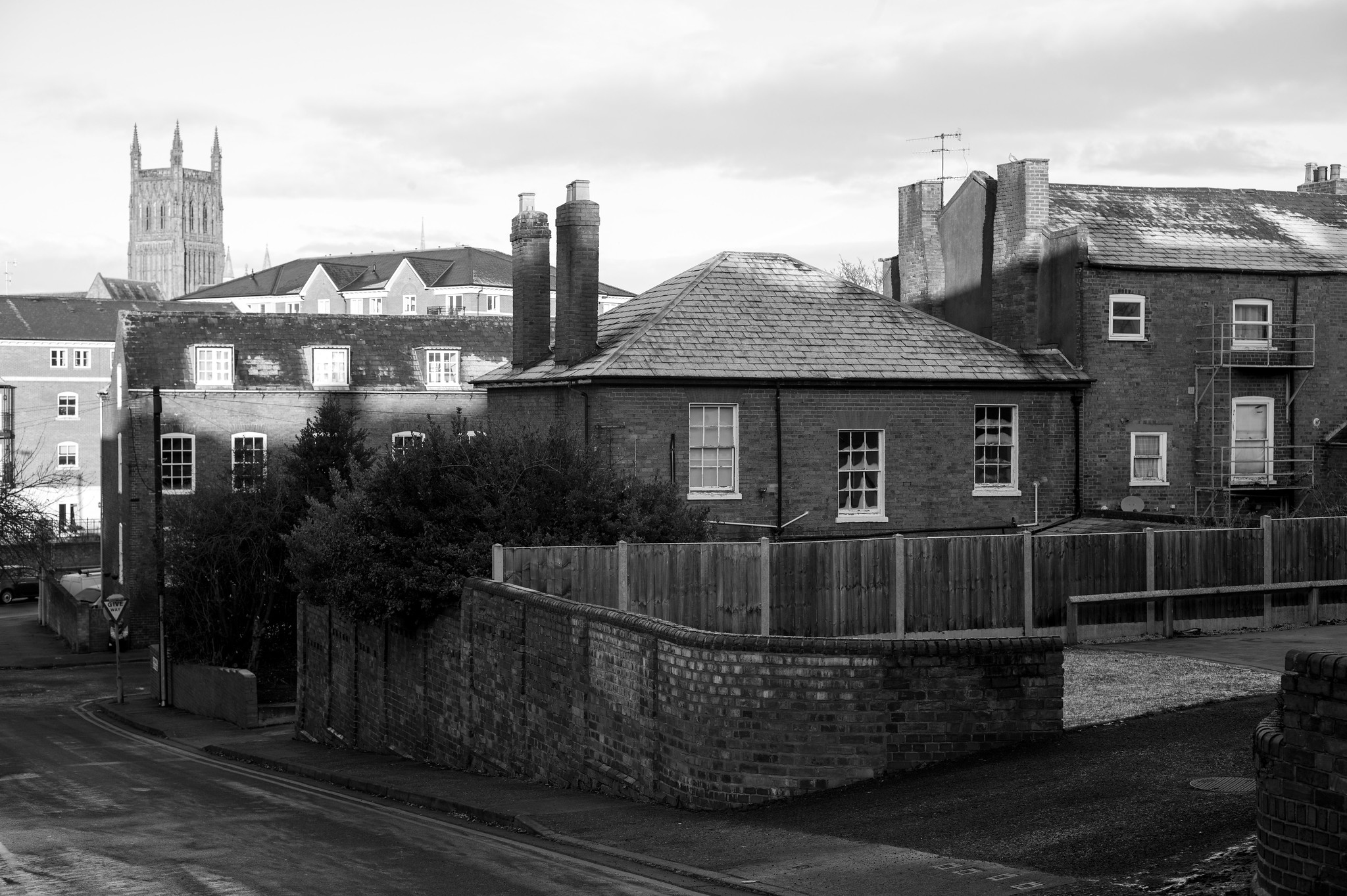
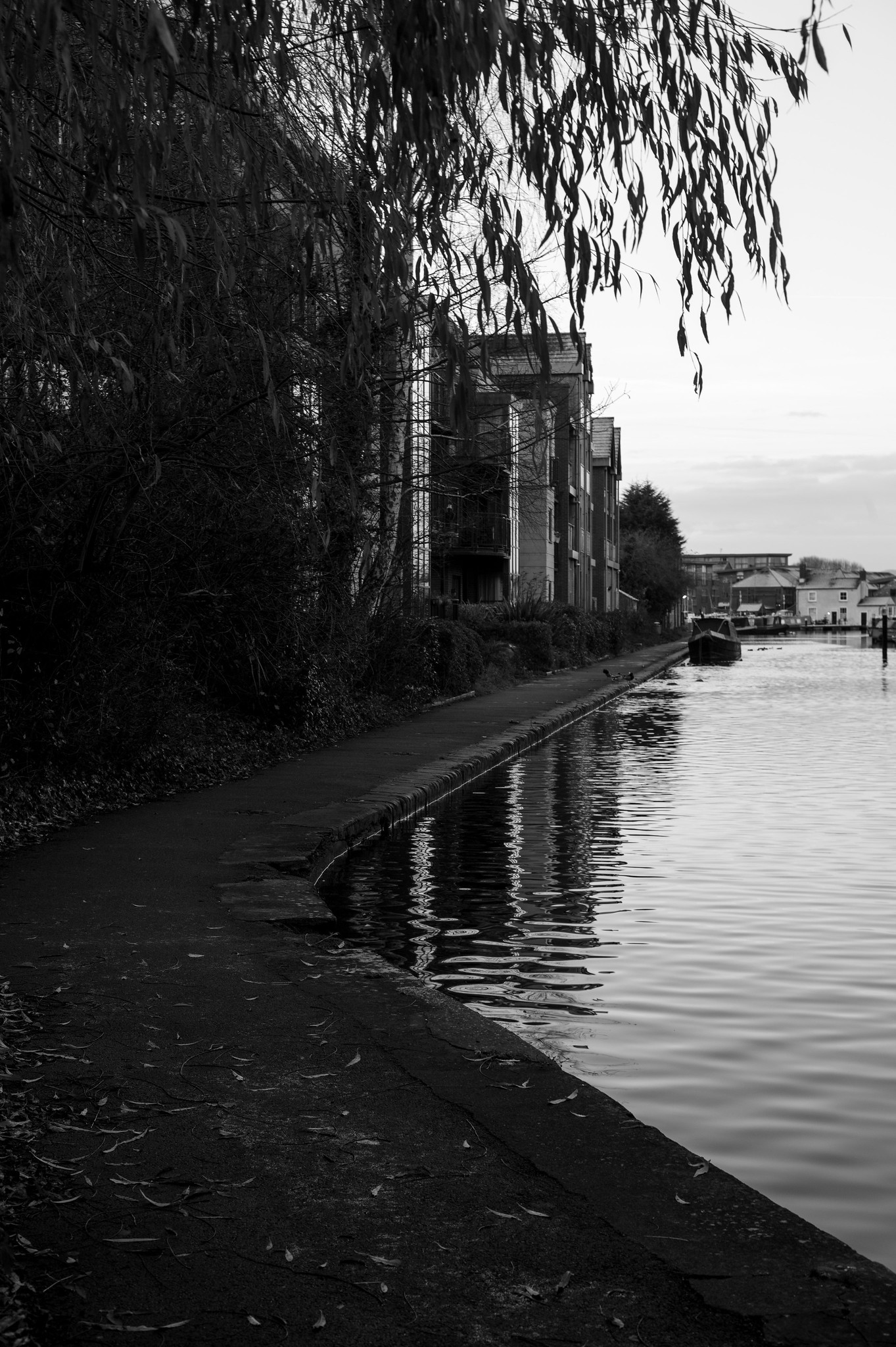
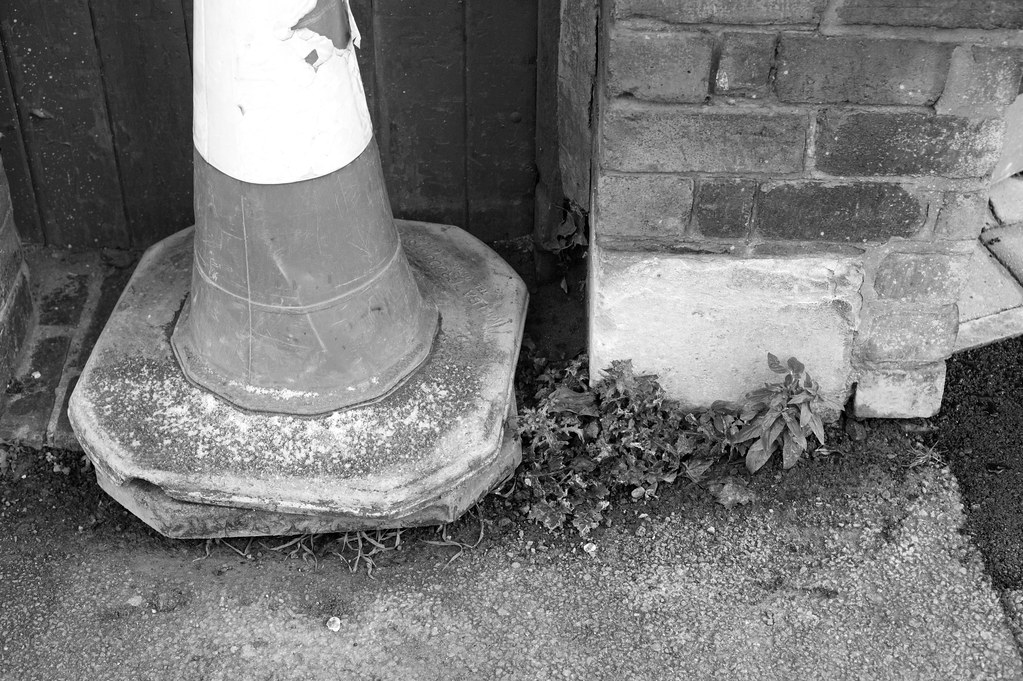



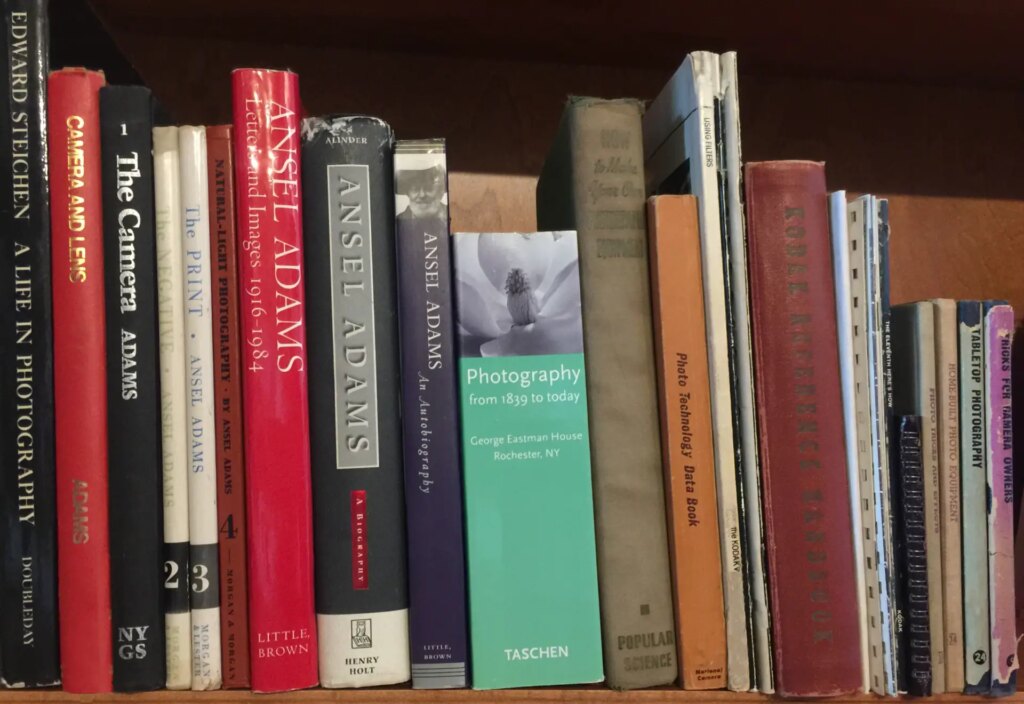




Comments
Andrew Bearman on Leica 50mm f/2 Summicron v3 – Cameraworks Restoration Review
Comment posted: 11/12/2017
Cameraworks prices seem reasonable, even if shipping from US.
Kelvin Wong on Leica 50mm f/2 Summicron v3 – Cameraworks Restoration Review
Comment posted: 11/12/2017
jeremy north on Leica 50mm f/2 Summicron v3 – Cameraworks Restoration Review
Comment posted: 11/12/2017
Terry B on Leica 50mm f/2 Summicron v3 – Cameraworks Restoration Review
Comment posted: 12/12/2017
I think your contact at CameraWorks has done a grand job and visiting his site and seeing what he can do for M3/M2 rangefinders, especially, and shutter curtains is remarkable.
Just out of interest as I wondered how metals could cold weld, I found this:
"The reason for this unexpected behavior is that when the atoms in contact are all of the same kind, there is no way for the atoms to “know” that they are in different pieces of copper. When there are other atoms, in the oxides and greases and more complicated thin surface layers of contaminants in between, the atoms “know” when they are not on the same part.
— Richard Feynman, The Feynman Lectures, 12–2 Friction"
I take it from this that as long as the helicoids are of disparate metals cold welding can't occur and the lubricant merely acts to make a nice focusing action as it also smooths out any machining inaccuracies.
Comment posted: 12/12/2017
Specialist Film Camera Repair & Modification Companies - 35mmc on Leica 50mm f/2 Summicron v3 – Cameraworks Restoration Review
Comment posted: 17/12/2017